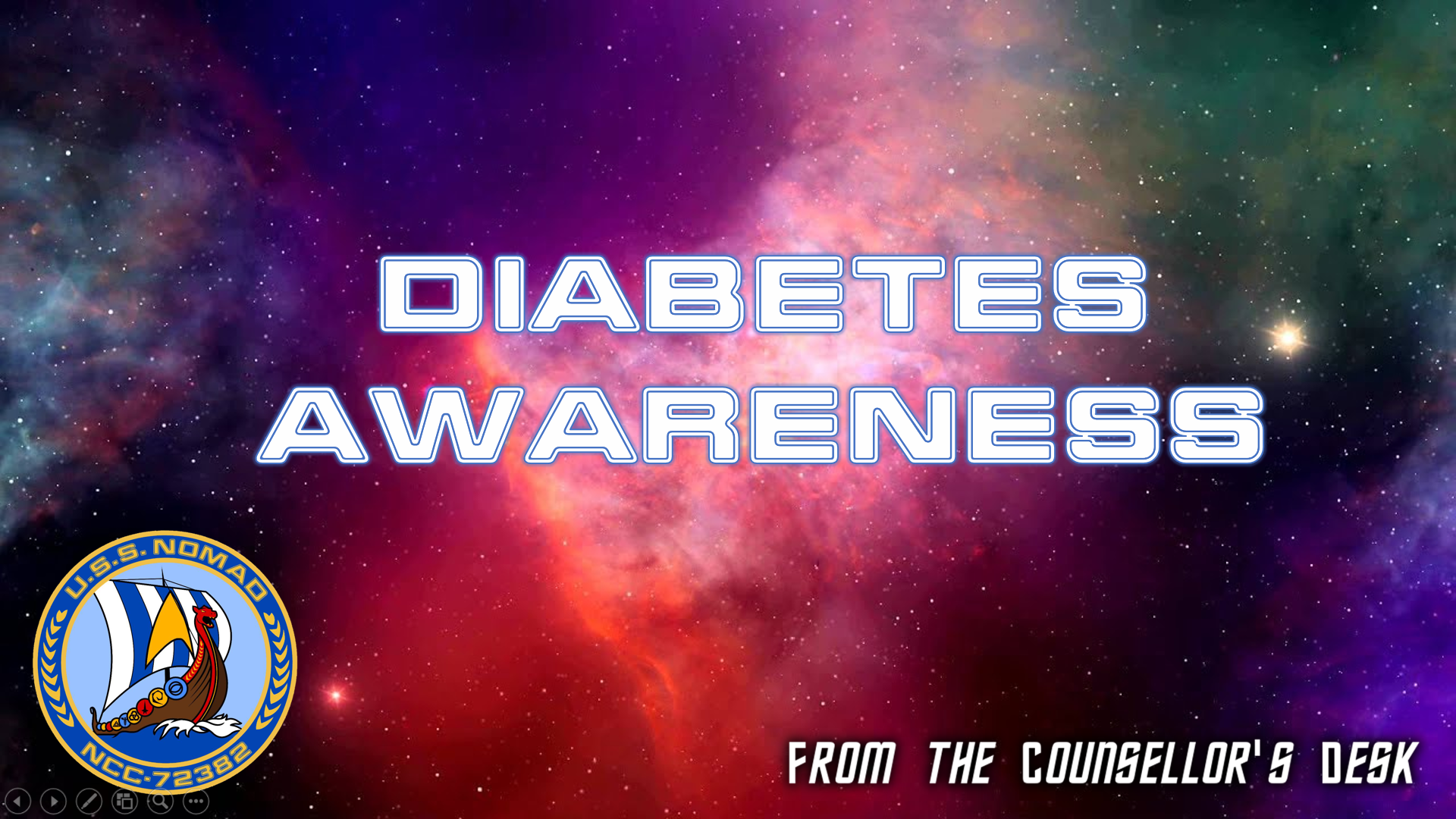There are three main types of diabetes.
Type 1 diabetes, usually diagnosed in children and adolescents, occurs when the pancreas is unable to produce insulin. Insulin is a hormone that controls the amount of sugar in the blood. Approximately 10 percent of people with diabetes have type 1 diabetes.
The remaining 90 percent have type 2 diabetes, which occurs when the pancreas does not produce enough insulin or when the body does not effectively use the insulin that is produced. Type 2 diabetes usually develops in adulthood, although increasing numbers of children in high-risk populations are being diagnosed.
The third type of diabetes, gestational diabetes, is a temporary condition that occurs during pregnancy. It affects approximately 2 to 4 percent of all pregnancies (higher in the indigenous population) and involves an increased risk of developing diabetes for both mother and child.
Is diabetes serious?
If left untreated or improperly managed, diabetes can result in a variety of complications, including:
- Heart disease
- Kidney disease
- Eye disease
- Nerve damage
The first step in preventing or delaying the onset of these complications is recognizing the risk factors, as well as signs and symptoms of diabetes.
What are the signs and symptoms of diabetes?
Signs and symptoms of diabetes include the following:
- Unusual thirst
- Frequent urination
- Weight change (gain or loss)
- Extreme fatigue or lack of energy
- Blurred vision
- Frequent or recurring infections
- Cuts and bruises that are slow to heal
- Tingling or numbness in the hands or feet
It is important to recognize, however, that many people who have type 2 diabetes may display no symptoms.
Can you prevent diabetes?
Research shows that lifestyle changes can help prevent or delay the onset of type 2 diabetes. A healthy meal plan, weight control and physical activity are important prevention steps.
How is diabetes treated?
People with diabetes can expect to live active, independent and vital lives if they make a lifelong commitment to careful diabetes management, which includes the following:
Education:
Diabetes education is an important first step. All people with diabetes need to be informed about
their condition.
Physical Activity:
Regular physical activity helps your body lower blood sugar levels, promotes weight loss, reduces stress and enhances overall fitness.
Nutrition:
What, when and how much you eat all play an important role in regulating blood sugar levels.
Weight Management:
Maintaining a healthy weight is especially important in the management of type 2 diabetes.
Medication:
Type 1 diabetes is always treated with insulin. Type 2 diabetes is managed through physical activity and meal planning and may require medications and/or insulin to assist your body in controlling blood sugar more effectively.
Lifestyle Management:
Learning to reduce stress levels in day-to-day life can help people with diabetes better manage their condition.
Blood Pressure:
High blood pressure can lead to eye disease, heart disease, stroke and kidney disease, so people with diabetes should try to maintain a blood pressure level below 130/80. To do this, you may need to change your eating and physical activity habits and/or take medication.


![MEDICAL EMERGENCY ON MINOS KORVA [Part 1]](https://ussrenaissance.ca/wp-content/uploads/2022/05/Medical-Supply-List-500x383.png)
![MEDICAL EMERGENCY ON MINOS KORVA [Mission Briefing]](https://ussrenaissance.ca/wp-content/uploads/2021/03/USS-Nomad-Medical-Log-500x383.jpg)

